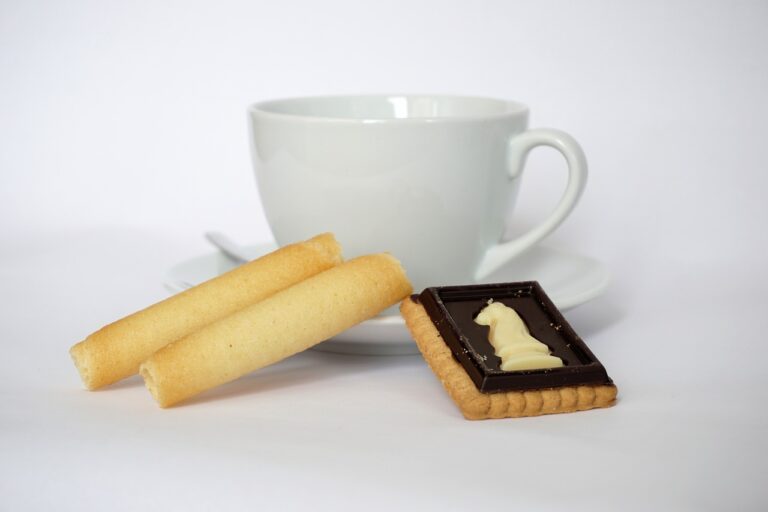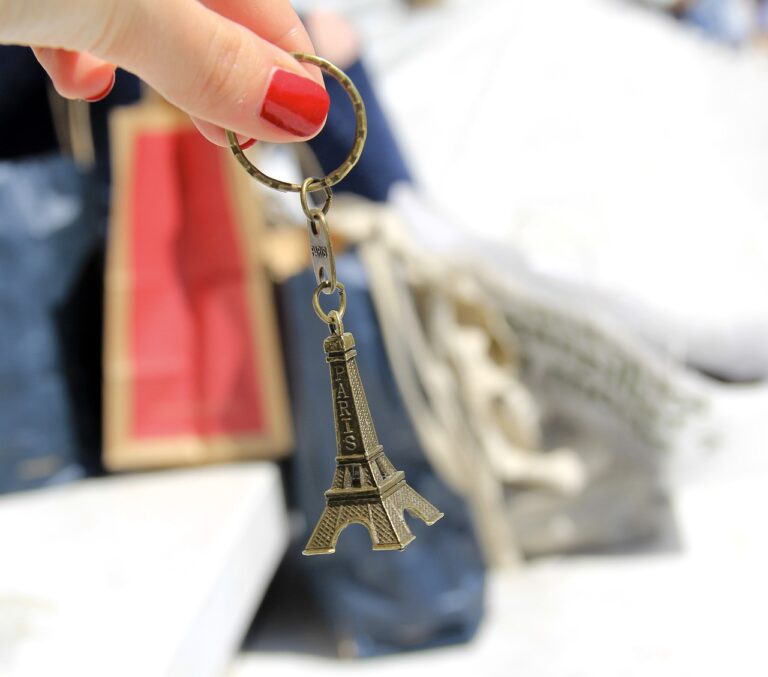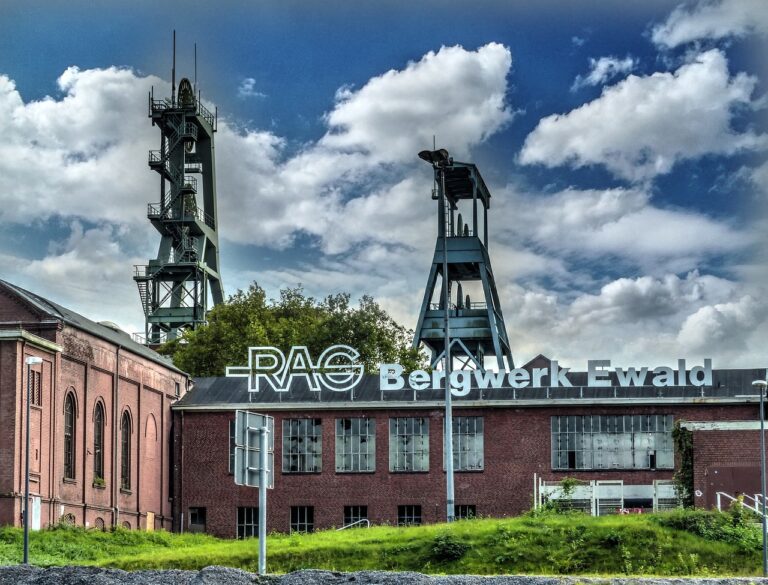The Role of 3D Printing in Customized Product Manufacturing
3D printing, also known as additive manufacturing, has rapidly gained popularity in recent years due to its ability to create customized products quickly and efficiently. This technology has revolutionized the way products are designed and manufactured, allowing for greater customization and flexibility in production processes. In this article, we will explore the role of 3D printing in customized product manufacturing and how it is shaping the future of the industry.
What is 3D Printing?
3D printing is a manufacturing process that creates three-dimensional objects by layering materials on top of each other, building up the object layer by layer. This process is achieved using a computer-aided design (CAD) file that specifies the dimensions and shape of the object. 3D printers can use a variety of materials, including plastics, metals, ceramics, and even food products, to create a wide range of customized products.
The Benefits of 3D Printing in Customized Product Manufacturing
There are many benefits to using 3D printing in customized product manufacturing, including:
1. Customization
One of the key advantages of 3D printing is its ability to create highly customized products to meet the specific needs of individual customers. By using CAD software to design the product, manufacturers can easily tailor the design to the customer’s exact specifications, resulting in unique and personalized products.
2. Rapid Prototyping
3D printing allows for rapid prototyping of products, enabling manufacturers to quickly create and test new designs before moving into full production. This can save time and money in the product development process, as prototypes can be produced and evaluated in a matter of hours rather than weeks or months.
3. Cost-Effectiveness
Traditional manufacturing processes often involve high setup costs, especially for small production runs or customized products. 3D printing eliminates the need for costly tooling and molds, making it a more cost-effective option for producing customized products in small quantities.
4. Design Flexibility
3D printing offers unparalleled design flexibility, allowing manufacturers to create complex geometries and intricate designs that would be difficult or impossible to achieve using traditional manufacturing methods. This enables designers to unleash their creativity and explore new possibilities in product design.
5. On-Demand Production
3D printing enables on-demand production of customized products, meaning manufacturers can produce items as they are needed rather than maintaining large inventories. This can lead to reduced storage costs, waste, and overproduction, resulting in a more sustainable and efficient manufacturing process.
6. Reduced Lead Times
By eliminating the need for tooling and molds, 3D printing can significantly reduce lead times in the manufacturing process. Products can be designed, produced, and delivered to customers in a fraction of the time required by traditional methods, giving manufacturers a competitive edge in the market.
The Future of Customized Product Manufacturing with 3D Printing
As 3D printing technology continues to advance, its role in customized product manufacturing is likely to grow and evolve. Manufacturers are increasingly adopting 3D printing as a viable production method for a wide range of products, from jewelry and fashion accessories to medical devices and aerospace components.
With ongoing advancements in materials science, software development, and machine capabilities, 3D printing is becoming more versatile, affordable, and accessible to manufacturers of all sizes. This trend is expected to drive further innovation in product design, manufacturing processes, and supply chain management, ushering in a new era of customized product manufacturing.
FAQs
Q: What materials can be used in 3D printing?
A: 3D printers can use a variety of materials, including plastics, metals, ceramics, and even food products, to create customized products.
Q: How long does it take to 3D print a product?
A: The time it takes to 3D print a product depends on the complexity and size of the object, as well as the printing technology and materials used. Small objects can be printed in a matter of hours, while larger and more complex objects may take several days to complete.
Q: Is 3D printing cost-effective for small production runs?
A: Yes, 3D printing can be cost-effective for small production runs, as it eliminates the need for costly tooling and molds. This makes it a more affordable option for producing customized products in small quantities.
Q: What are the limitations of 3D printing in customized product manufacturing?
A: While 3D printing offers many benefits, it also has limitations, such as limited scalability for mass production, restricted material choices, and quality control issues. Manufacturers should carefully evaluate these factors when considering 3D printing for customized product manufacturing.







